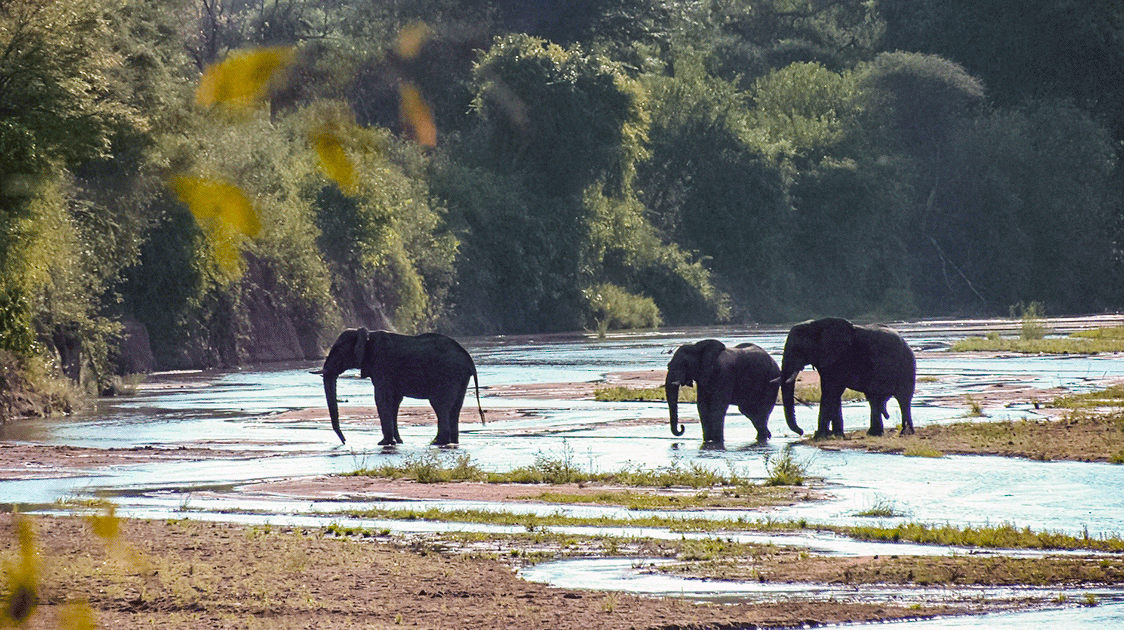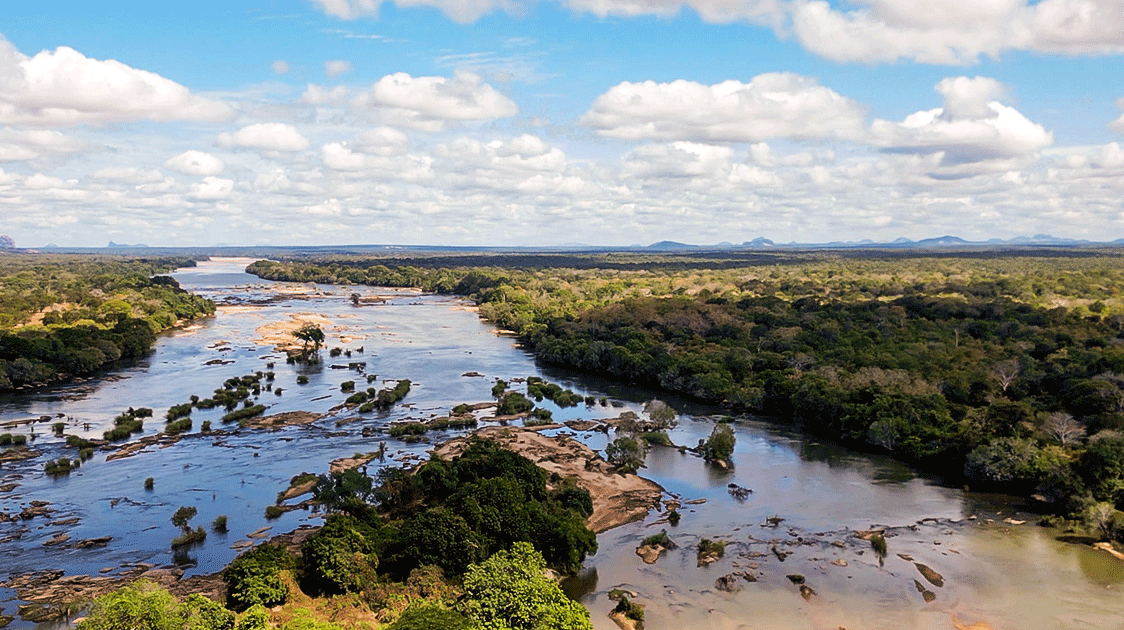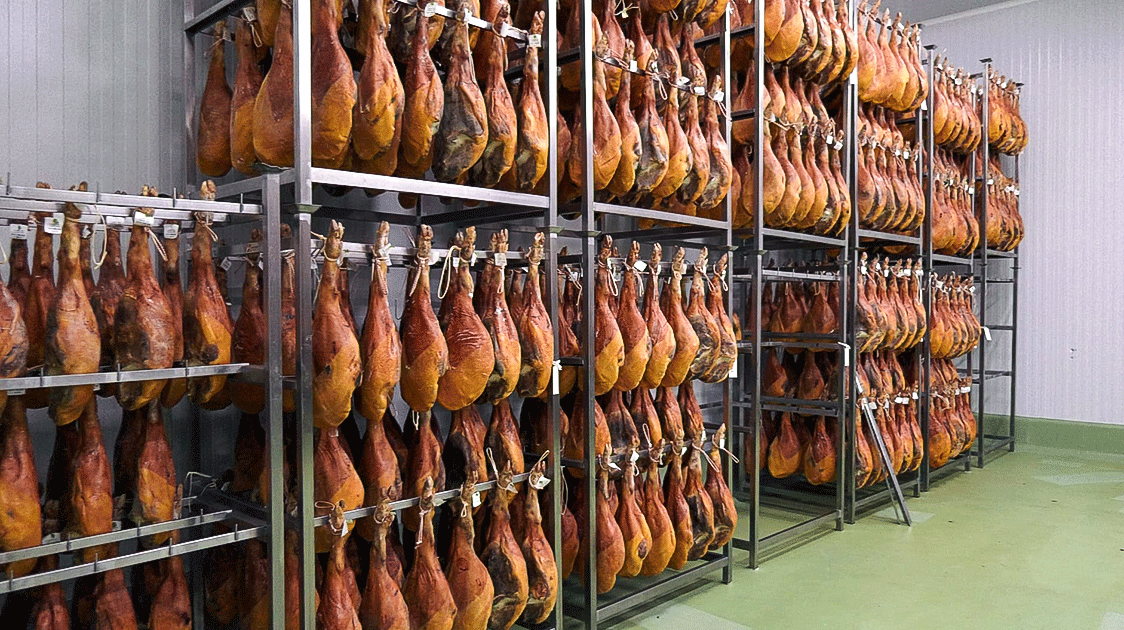Editorial

Hunting and Poaching: One in the Same?
By Zig Mackintosh
Anti-hunting activists often blur the lines between hunting and poaching, and the mainstream media has swallowed that narrative whole, for one reason:
Manipulation.
Playing on emotions is a powerful way to secure donations for “Save the [fill in the blank]” campaigns.
For the media, it’s an easy way to attract viewers and clicks.
Their simplistic and misleading logic goes like this:
Poachers kill animals. Hunters kill animals. Therefore, they must be the same. Bastards. Please help us fight them by opening your wallet.
The Crucial Difference Between Hunting and Poaching
The truth is far more nuanced:
- Poaching is indiscriminate, wasteful, unsustainable, cruel, and environmentally destructive.
- Controlled, selective, and sustainable hunting not only protects wildlife populations but also safeguards habitat.
Those who sustainably use a natural resource are the ones most motivated to conserve it. This principle underpins wildlife management strategies across Africa.
African Countries Using Sustainable Safari Hunting for Conservation
Many African nations have integrated regulated safari hunting into their broader conservation framework, producing measurable results:
- Zambia – Protected Areas cover 77,000 sq. miles (30% of the country) across 19 National Parks and 36 Game Management Areas.
- Namibia – Over 50% of land is under formally recognised wildlife management, including the entire coastline. The national wildlife herd is at a 150-year high of around 3 million animals.
- South Africa – Private game ranches and wildlife conservancies span 50 million acres, over five times the size of its national park system.
- Zimbabwe – 25,100 sq. miles are dedicated to safari hunting outside formally protected zones.
- Botswana – 94,700 sq. miles (37% of the country) are committed to wildlife conservation, with 17% set aside as national parks and game reserves.
- Mozambique – Over 31,750 sq. miles of hunting wilderness.
- Tanzania – More than 40% of land is under wildlife management, with 140 hunting concessions covering 96,500 sq. miles.
These figures prove a strong commitment to both wildlife conservation and habitat preservation.
The Bigger Picture: Hunting Lands in Africa
A 2006 report by lion researcher Dr Peter Lindsey estimated the total area of sub-Saharan Africa devoted to safari hunting at 540,000 sq. miles.
For perspective: the entire land area of England is just 50,300 sq. miles.
Why This Matters
Without sustainable-use models like safari hunting:
- Poaching pressure would likely increase.
- Large tracts of land could lose wildlife protection.
- Communities benefiting from regulated hunting would lose incentives for conservation.
Further Reading and Resources
To appreciate the importance of safari hunting, read the story about the history of Coutada 9 in Mozambique and how poachers use bicycles in Tanzania in this report. Watch the short documentaries about the WOW Africa group and the establishment of the Save Valley Conservancy in Zimbabwe, and then browse through the photo essay on the horrific realities of poaching with gin traps.
Then forward the report to an anti-hunter that you might know.




